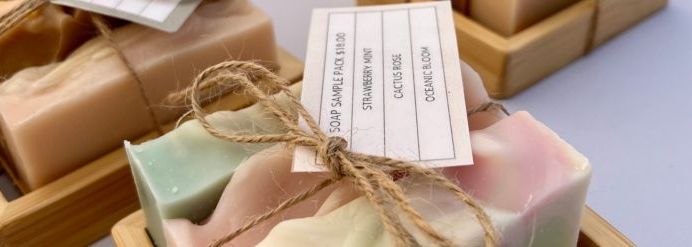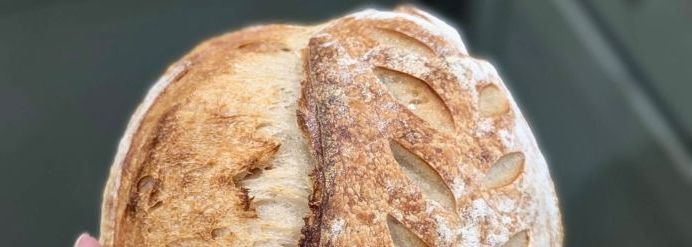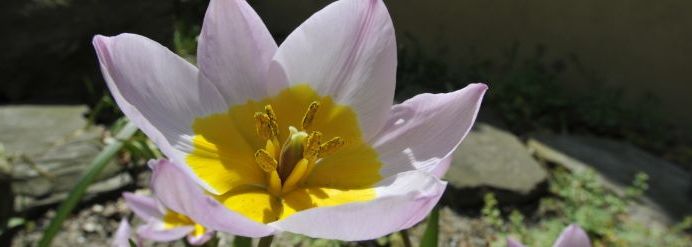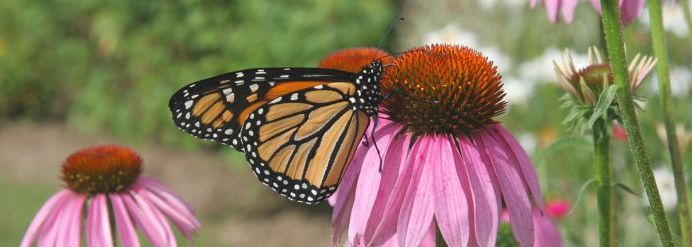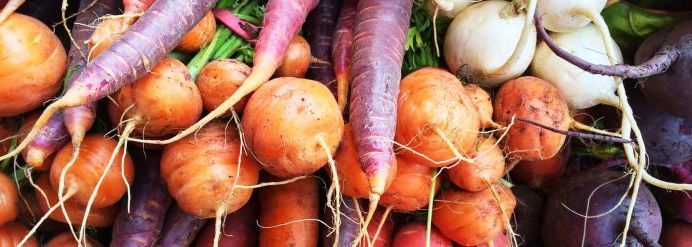Squash, with their vibrant fruits and sprawling vines, are summer and fall garden staples. However, even the most seasoned gardeners, and those growing produce in Nebraska for your local farmers market, can encounter challenges when cultivating these plants. Let’s delve into the world of squash troubles, explore common issues that can affect your plants, and go over how to identify and address these issues effectively!
Powdery mildew: the foe of healthy leaves
One of the most prevalent problems affecting squash plants is powdery mildew. This fungal disease appears as a white, powdery substance on the leaves and eventually causes them to yellow, wither and even die prematurely.
Solution: To combat powdery mildew, ensure adequate spacing between plants to promote airflow, avoid overhead watering, and consider using fungicidal sprays if the problem persists. Regularly inspecting your plants and addressing early signs can help prevent severe infestations.
Blossom-end rot: a fruit setback
Blossom-end rot is a frustrating issue that affects squash fruits. It presents as a dark, sunken area at the blossom end of the fruit, making it inedible. This problem is often caused by calcium deficiency, irregular watering, or fluctuations in moisture levels.
Solution: To prevent blossom-end rot, ensure consistent and even watering to maintain soil moisture levels. Adding calcium-rich amendments to the soil, such as crushed eggshells or lime, can also help prevent this issue.
Squash vine borers: stealthy pests
Squash vine borers are troublesome insects that tunnel into the stems of squash plants, causing wilting, wilting, and eventual plant death. Their presence is often indicated by sawdust-like frass and holes in the stems.
Solution: To manage squash vine borers, regularly inspect the base of the plants for signs of entry and use preventive measures like row covers during the egg-laying period. If infestation occurs, carefully remove and destroy affected stems.
Poor pollination: affecting fruit formation
Squash plants require proper pollination to set fruits. Poor pollination can result in misshapen or underdeveloped fruits. Factors like lack of pollinators, extreme temperatures, or rain can hinder the process.
Solution: To encourage successful pollination, plant pollinator-friendly flowers nearby and consider hand-pollination by transferring pollen with a brush or cotton swab from male to female flowers.
Squash bugs: sap-sucking culprits
Squash bugs are sap-sucking insects that can weaken squash plants, causing leaves to yellow and wilt. They can be identified by their distinctive shield-like shape but don’t confuse them with stink bugs.
Solution: To control squash bugs, manually remove them, particularly during the early morning when they are sluggish. Applying organic insecticidal soap or neem oil can also help deter these pests.
Visit your local farmers market
Solving the mysteries of squash troubles requires careful observation and timely intervention. By familiarizing yourself with these common issues, you can take proactive measures to protect your squash plants and ensure a bountiful harvest. You can always ask the farmers at your local farmers market how they overcome problems when growing their squash plants. Come see us Saturdays until October 21, from 8 a.m. to noon!





